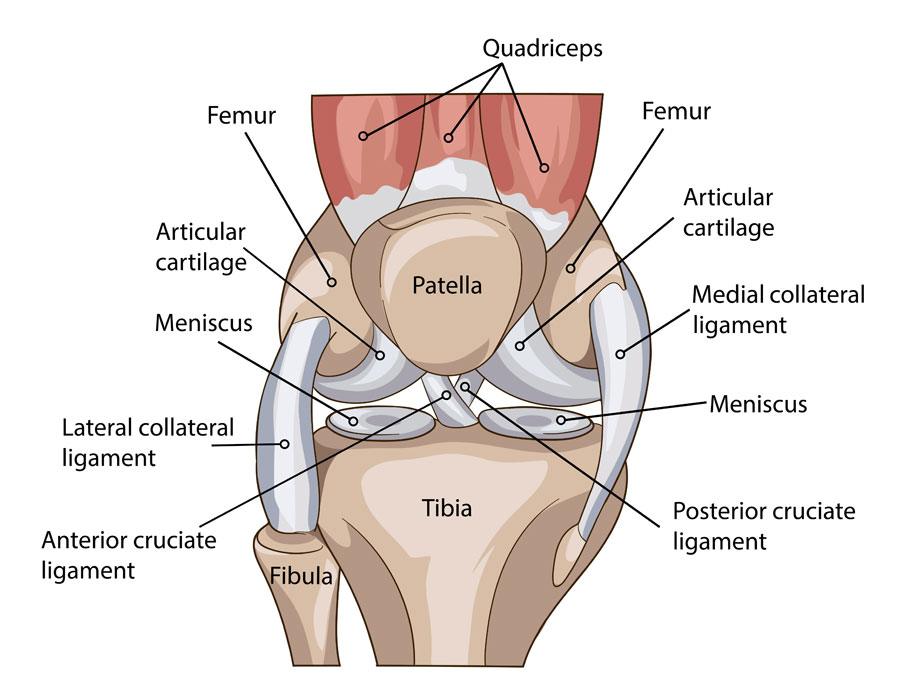Right off the bat…yes. Yes, acupuncture can treat an old knee injury. Ordinarily the newer the injury, the better acupuncture can treat it. But sometimes (often times) the wonder of Chinese Medicine will surprise me.
Acupuncture for a 27 Year Old Knee Injury
Let me tell you about one of my patients, Sally. Sally had twisted her knee dancing when she was 12 years old. Her medical care at the time consisted of a velcro brace for 2 months to immobilize, and no rehabilitation. Her doctor told her it was a phase, and she would grow out of it. (Yes, he called an injury a phase). She proceeded to re-injure that knee almost yearly for the next 4 years, playing softball in high school. By the time she got to college, her knee was constantly swollen, with pain during any high impact activity. At the age of 28, she had her first MRI on the knee.
At this point her knee symptoms were:
- Constant swelling in her joint
- Crepetis -popping and cracking in the joint
- Decreased mobility, unable to bend or straighten completely
- Painful to walk downstairs or hills
- Pain with running or jumping
The MRI showed advanced arthritis, bursitis, and her knee cap was laterally deviated 6mm. At this point, she took the info and basically put it in her pocket.
Hard to Ignore
Four years later, when she was 32, she started dancing about 2-3 times a week, and running 1-2 days a week. Her knee joint was still always swollen, and she felt pain while running, but she ignored it and continued her activity. After about 7 years of this, and one specific dance class that involved a lot of deep knee bending and falling to the floor, she could no longer ignore her knee injury. It began to bother her constantly, and the pain interrupted her sleep at times. At this point she came to see me.
Exam and Treatment
We started her treatment with some physical exam. Our findings were not surprising. It appeared almost every ligament keeping her knee joint together was loose. Normally, when we think of an area as being painful, we think that is too tight. We want to stretch it out. Very often, this is the exact opposite of what needs to be done. Very often, a joint that is too loose is the culprit. Pain ensues because of instability. Because of Sally’s repeated knee injury, these ligaments all moved more than they should:
- Anterior cruciate ligament (ACL)
- Posterior cruciate ligament (PCL)

Knee Anatomy - Medial collateral ligament (MCL)
- Lateral collateral ligament (LCL)
- Tibiofibular joint ligament
- Popliteus tendon
With acupuncture needles, I was able to access all of these ligaments. For her treatment, I didn’t use traditional acupuncture theory consisting of qi and the meridian pathways. I used physical anatomy. With a precise knowledge of where the ligaments attach and how to access them, I did a type of proliferative therapy, but without injecting any substance. I needled into the ligament to induce an inflammatory response, which brought more white blood cells to the area and sped healing. With an acupuncture needle, I scratched at the above ligaments in her knee, and very quickly they all tightened up. With a little touch, they act like a sea anenome, and immediately contract. In effect, tightening up the joint. After just one appointment the constant pain subsided. We treated her knee injury four more times, one a week. At that point she could dance and run without pain. Currently, she comes in whenever her knee is painful, about once every other month or so.